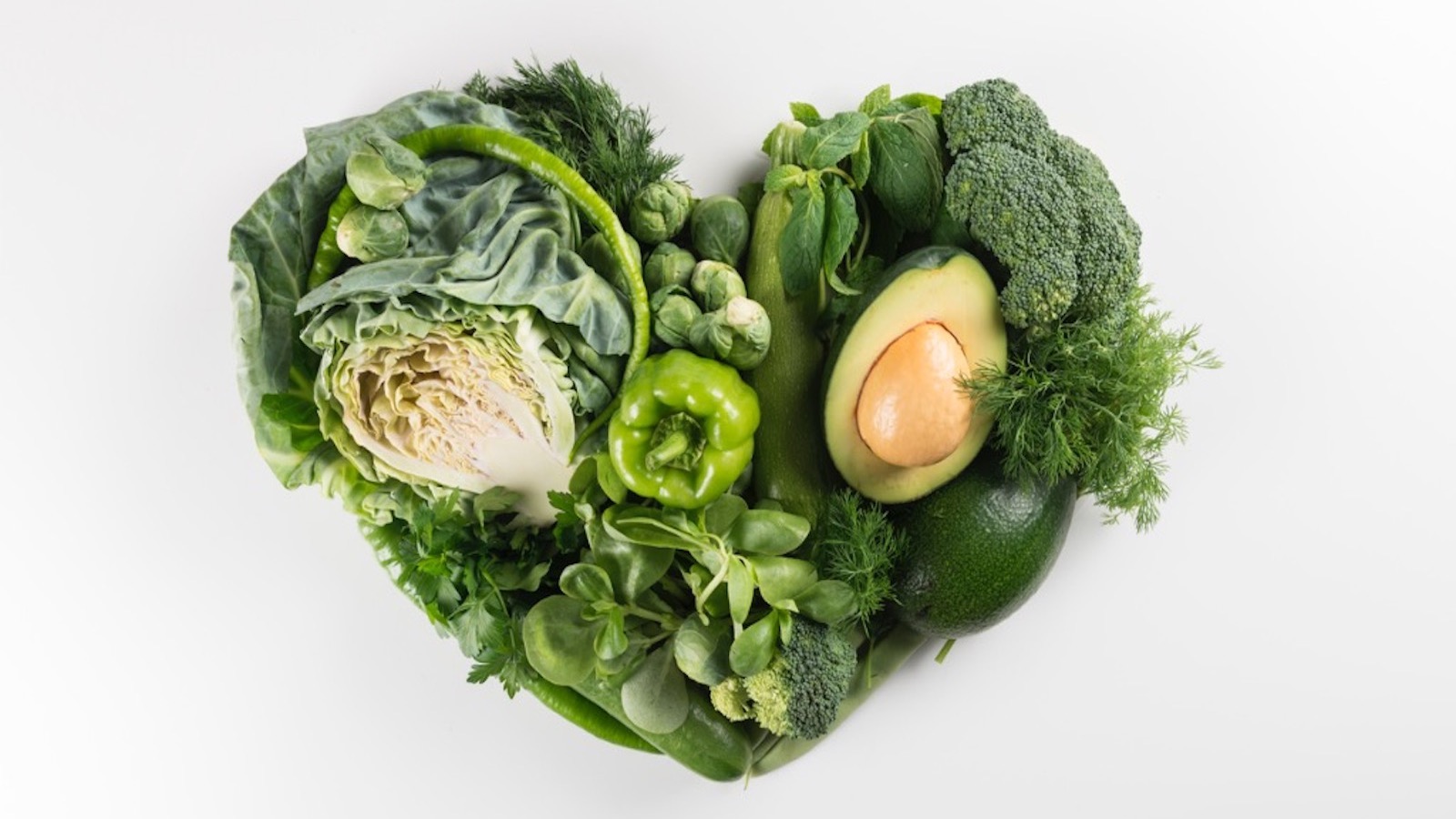
Daynene Vykoukal, PhD, joined The Texas Heart Institute in 2014 and serves as the Assistant Director of Education. In this role, she supports The Institute’s educational programs and outreach activities, including Continuing Medical Education, The School of Perfusion Technology, The Texas Heart Institute Journal, the Cardiovascular Disease Fellowship Program, Undergraduate Medical Education, and the Center for Women’s Heart & Vascular Health.
Show full bioIn her most recent position as the Assistant Director of Communications and Publications, she highlighted the research findings, academic activities, educational involvement, and community outreach efforts of The Institute’s employees, trainees, and Academic Professional Staff. She previously served as Manager for the Office of Development, where she supported fundraising initiatives and philanthropic stewardship responsibilities. Before that, she assisted research efforts as a Senior Scientific Grant Writer/Editor in the Scientific Publications group, where she helped investigators apply for grants from federal, state, and private funding sources.
She received a BS in Biochemistry from Texas A&M University in 1994 and a PhD in Cell and Molecular Biology from Baylor College of Medicine in 2001, followed by a postdoctoral fellowship at The University of Texas MD Anderson Cancer Center. She has specialized in cardiovascular research, publication, and educational support since 2009.
Texas Heart Institute Positions
- Assistant Director, Education
Education
-
Undergraduate:
Texas A&M University
-
Graduate:
Baylor College of Medicine
-
Fellowships:
The University of Texas MD Anderson Cancer Center

.svg)


